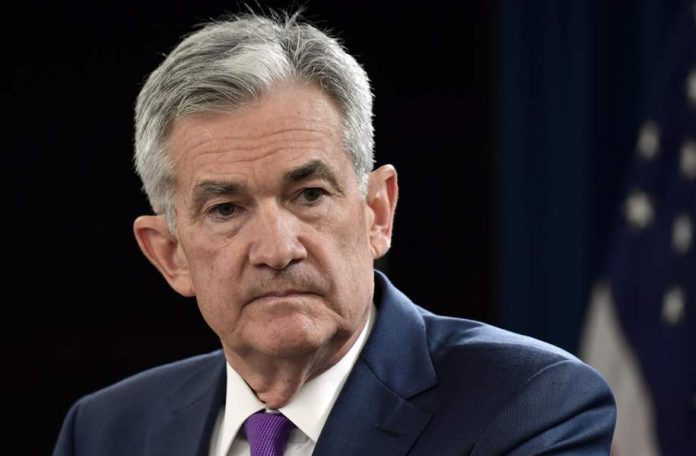May’s job numbers are officially in the books, and they aren’t quite what economists had hoped for.
Having shown signs of slowed growth as Trump’s tax cuts wore off, the U.S. economy could finally be stalling – independent of any trade war escalation.
But that didn’t stop investors from blowing up equities this morning, as the market surged in response to an all but guaranteed rate cut from the Federal Reserve.
Only 75,000 new jobs were added last month, 100,000 below analyst expectations. The cherry on top of it all was a surprisingly poor annual hourly wage growth stat, which dropped to 3.1%.
Still, though, unemployment is holding strong at a 49-year low of 3.6% – a silver lining in the otherwise underwhelming set of data.
In fact, it was the worst jobs report since January 2018, back when Trump’s tax cuts initially kicked in.
Even worse, aggregate weekly pay growth slowed to 4.7%, the lowest it’s been since January 2018, down from a much healthier 5.5% at the start of 2019.
Combined with low hiring numbers and a nationwide crunch in hours worked, Fed Chairman Jerome Powell has gotten the confirmation he needed to slash interest rates in the near future.
So, the question now isn’t if rates will be cut, but when.
And as we’ve learned since 2008, any time yields drop, the market roars in approval as debt becomes cheaper.
It’s not exactly how you would like to see equities continue their rally, but it’s certainly better than another hard correction – just like the one investors endured in May.
After the jobs report was released, 10-year Treasury yields got in on the action as well, declining to 2.06%, the lowest they’ve been since September 2017, taking us back to a pre-tax cut economy.
That’s kind of been the theme for today; traveling back in time, complete with a dovish Fed.
The market’s “red hot”, too, just like it was back then, as evidenced by daily gains of over 1% for both the S&P and Dow as of midday.
In many ways, the jobs report confirmed to investors what they had suspected for several days now – that Powell had been toying with the idea of slashing rates.
“Our obligation to the public we serve is to take those measures now that will put us in the best position to deal with our next encounter with the ELB,” said Powell at the Fed’s Chicago conference, when asked about the ELB (effective lower bound) for interest rates, which at this point, is effectively zero.
“With the economy growing, unemployment low and inflation low and stable, this is the right time to engage the public broadly on these topics.”
And “engage broadly” he has. It’s a big step in the right direction for bulls moving forward, but in the end, it might only build the house of cards higher and higher.
The U.S. monetary base continues to grow at an alarming rate, and with another cash injection from the Fed, their balance sheet will swell even more.
If another true financial calamity occurs, like the 2008 housing crisis, then Powell & Co. might not have a full arsenal with which to fight back. We keep climbing the equity hill, often with the help of occasional rate cuts, but we still don’t have any exit strategies more than a decade after quantitative easing began.
At some point, the Fed will have to raise rates. When they do, it won’t be pretty for bulls looking to extend the current run. And most importantly, it simply can’t happen during a time of economic hardship.
So, when will the Fed unload its balance sheet?
Nobody knows, but it’s something that everyone should be thinking about if they plan to invest long-term.







